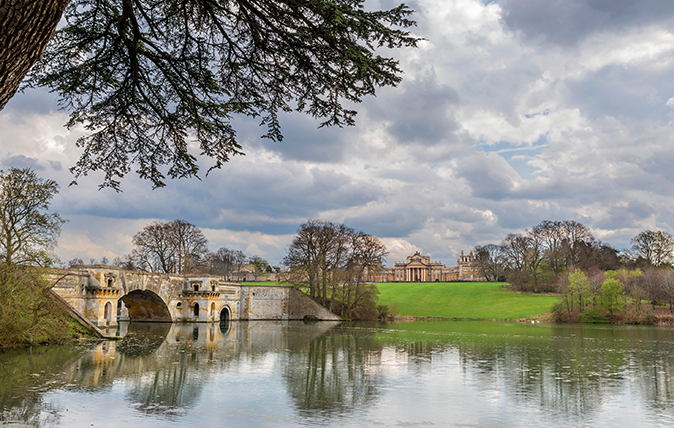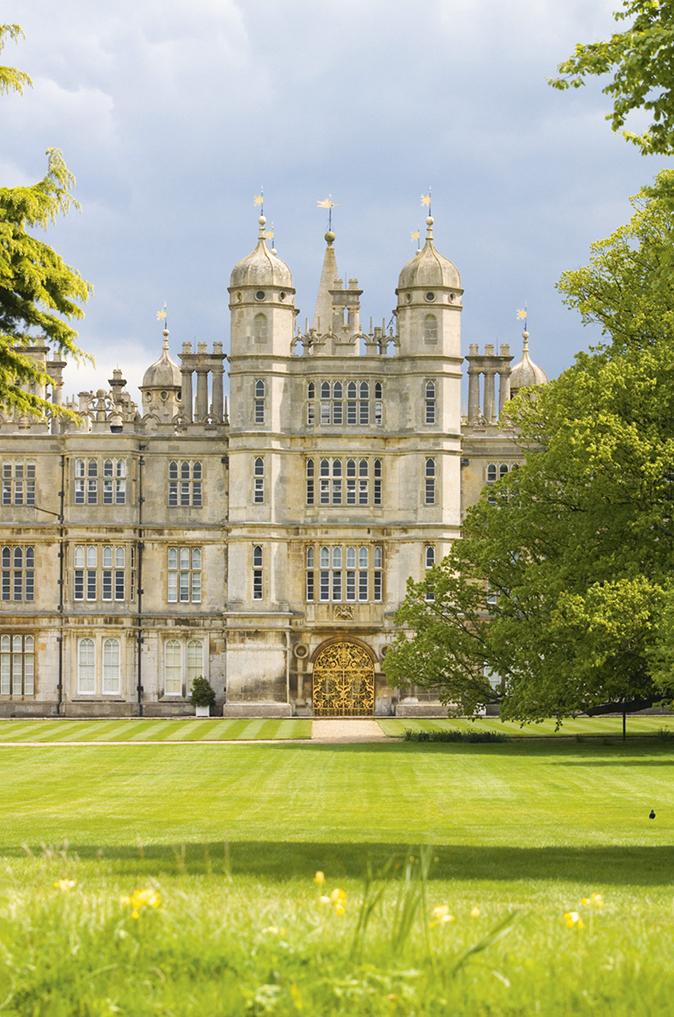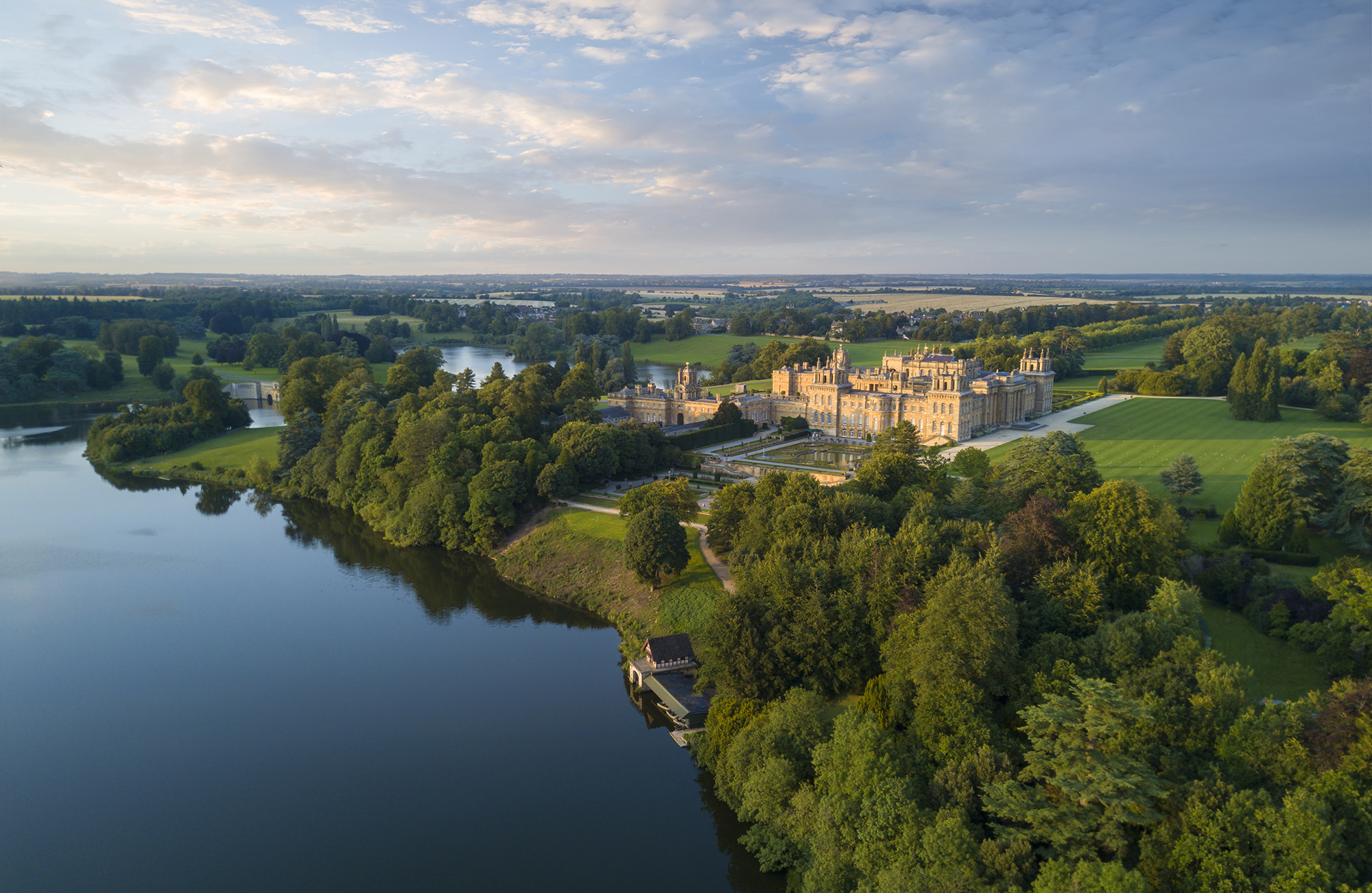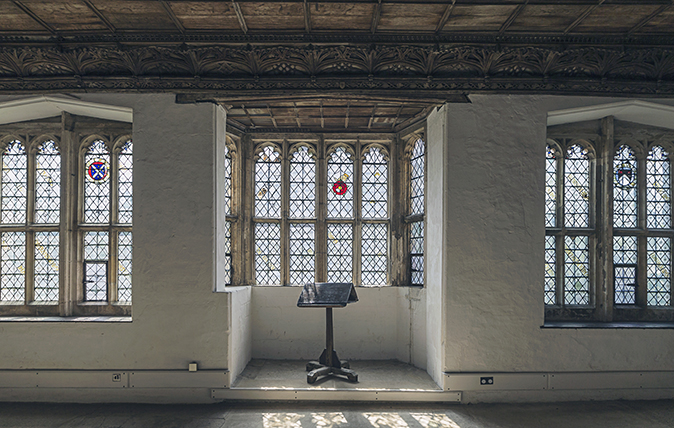Will 1,000 new homes make or break the town of Woodstock?
Forget peace and love: the town of Woodstock (the British version, naturally) is set to become the nucleus of more than 1,000 new homes. Clive Aslet investigates.

Something is happening in Woodstock. Until now, the Oxfordshire town has been famous for its proximity to Blenheim Palace and the exceptional number of fine inns, but, soon, it will be attracting attention for a development of 300 dwellings being built on land owned by the Blenheim estate. This will be the advance guard of a construction programme that could see more than 1,000 homes built on sites around Woodstock, increasing its size by 50%.
As Oxfordshire boasts – or suffers – some of the most expensive house prices in the country, new, cheaper housing is badly needed, if only to encourage local workers to live there – a consideration that becomes more important as the number of foreign workers reduces with Brexit.
It’s hoped that the new development will bring fresh blood to a town whose many charms have brought an affluent, but older population. Blenheim’s efforts will be eagerly followed by the increasing number of planners and estate owners who believe that landed estates can make a distinctive contribution to Britain’s need for new housing by taking a much longer view than that of volume house builders, whose business model relies on their selling homes as soon as they’re built, retaining no long-term interest in the development.
According to Blenheim’s chief executive, Dominic Hare, Woodstock’s vitality – which will partly depend on the right housing provision – is essential to the estate. ‘Blenheim is super aligned to the place it’s in.’ Unlike other businesses, a landed estate can’t pick itself up and move. ‘For the estate to flourish, it’s essential that the area around it is flourishing.’
Equally, the success of the towns and villages around Blenheim depends, in large measure, on the estate, which is ‘an economic pillar of the area’. Woodstock’s fortunes have always been linked to those of the palace: in previous centuries, local trades included glove-making and the fabrication of cut-steel ornaments, trade for which came from the visitors to Vanbrugh’s masterpiece.
Although the town survived into the late 20th century as a model of vibrancy, some family businesses, such as the only butcher’s shop, have closed in recent years; one factor has been the difficulty of finding local staff.
Not everyone in Woodstock embraces a vision that involves such a dramatic expansion of the town – in fact, according to Councillor Patricia Redpath, the Mayor of Woodstock, ‘many meetings have consistently shown that a substantial majority of local opinion is against it’. However, the District Council, aware of Oxfordshire’s requirement to find 100,000 new homes by 2031 under the Strategic Housing Market Assessment, is supportive.
Exquisite houses, the beauty of Nature, and how to get the most from your life, straight to your inbox.
The emerging local plans for West Oxfordshire and Cherwell include four development sites on Blenheim estate land. Doubters should be reassured by the ‘architectural ambition’ of the estate’s recent projects, such as the 27 new homes at Home Farm, Bladon.
The Woodstock development has been designed by Hugh Petter of ADAM Architecture, who is also master planner of the Duchy of Cornwall’s Nansledan town extension outside Newquay in Cornwall. ‘Woodstock has a history of absorbing the hamlets on its periphery. This will also be a semi-independent hamlet, based around a square. There will be shops and commercial premises, so that residents will have the hugely attractive option of being able to work around the corner from where they live.’ The work spaces will be attractive to people starting new businesses, including the growing band of ‘late-life entrepreneurs’.
One benefit, for those approaching Woodstock from the east, is that it will shield an unsightly 1960s housing estate, laid out around cul-de-sacs. Mr Petter’s architecture will be appropriate to Woodstock’s Georgian core.
The percentage of affordable housing has not yet been determined, but it will be high – between 35% and 50%, according to Roger File, Blenheim’s property director. Additionally, the discount on market rates will be greater than housing associations can give, perhaps as much as 40%. ‘We want families to keep together and not be split for economic reasons,’ says Mr Hare.
Who else is doing it?

Among other landed estates contemplating development are Burghley House, Lincolnshire, where a 2,000-home development is in prospect, partly on Burghley land, and Rockingham Castle, Northamptonshire, where 4,000 homes have been proposed. The Hon Timothy Knatchbull, grandson of Lord Mountbatten, is pursuing a major development on land that he inherited at Broadlands, in Hampshire. These follow the ‘landowner legacy’ principles championed by The Prince of Wales; several more estates are expected to reveal plans during the course of this year.

Five things you didn't know about Blenheim Palace, from helping with royal adulterers to its unique role in equal rights
Blenheim Palace, the Duke and Duchess of Marlborough's Oxfordshire home, is one of the most famous country houses on the

10 must-visit spring horse trials
Event riders up and down the country are dusting off their boots in preparation for the new eventing season. We

Lyddington Palace: A perfectly-preserved grand interior of late-medieval England
A residence of the Bishop of Lincoln converted into an almshouse offers a unique insight into the realities of grand
